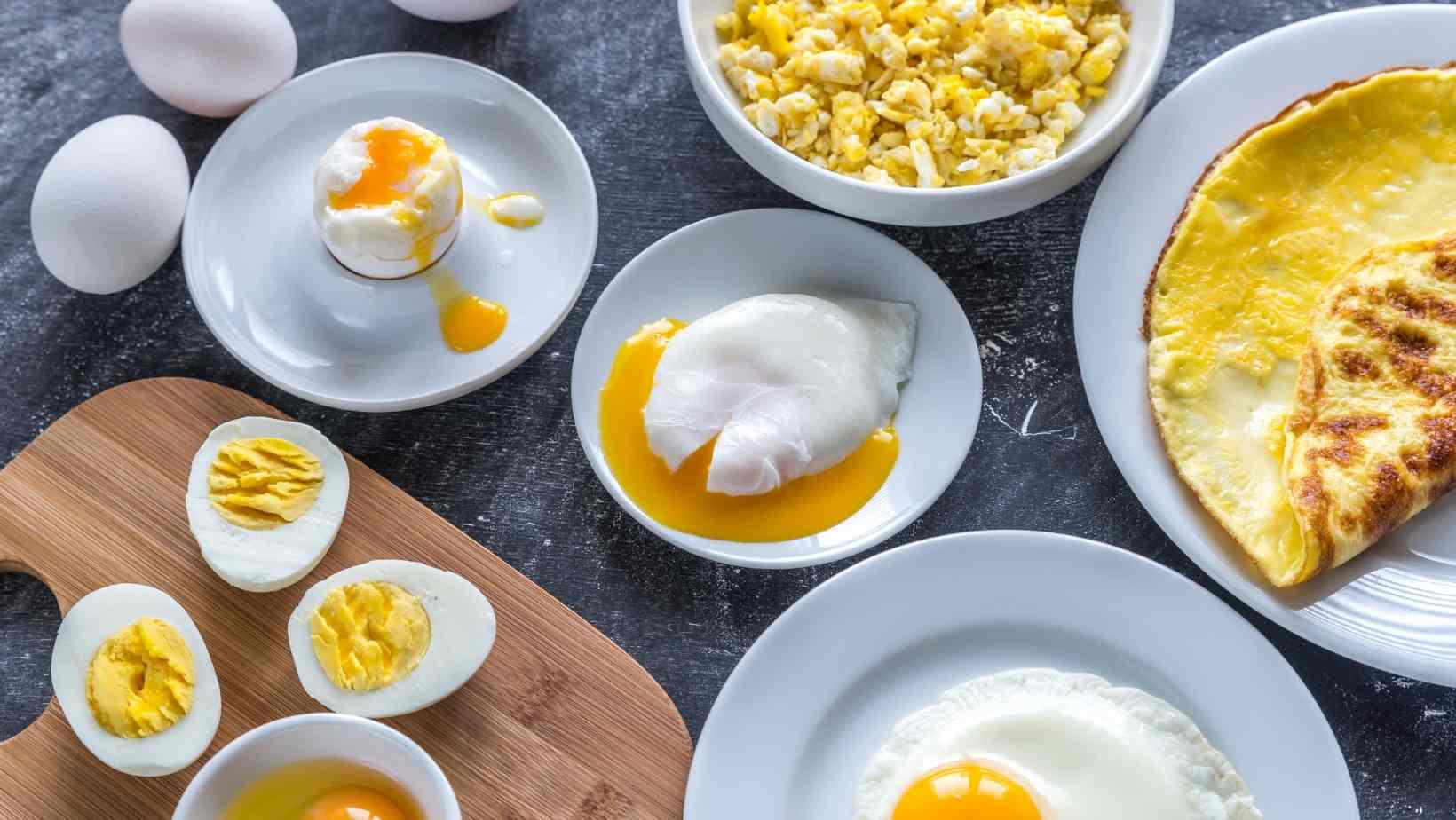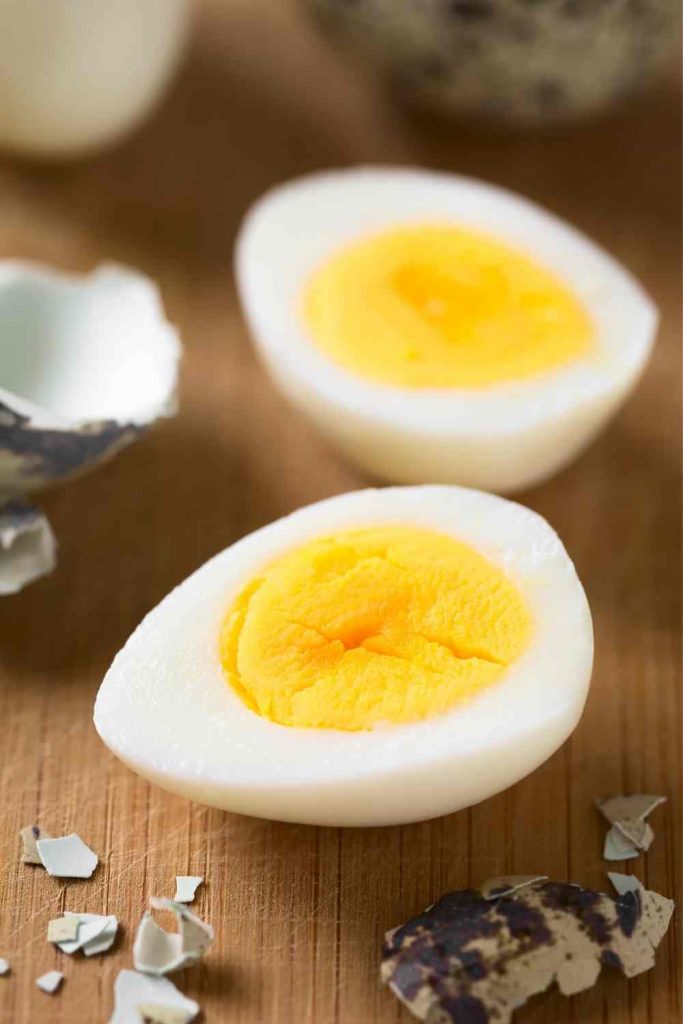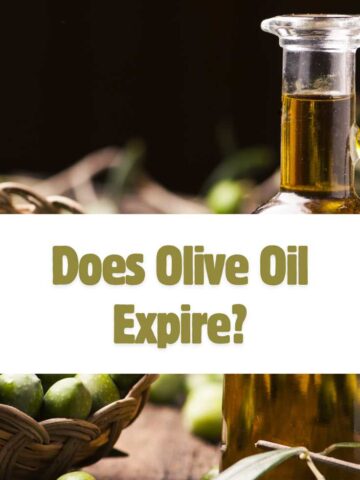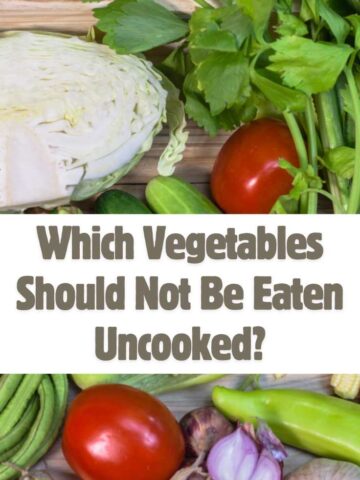Is there a preferred method of preparing an egg? You've come to the correct place if you've ever wondered how to boil eggs for maximum nutrients. While it comes to attracting and retaining nutrients and making the egg as nutritious as possible, there is clearly a hierarchy to follow when cooking eggs.
This article offers some guiding principles for getting the most of your eggs, then proposes many of the most healthy ways to consume them now that you know where to buy them.

Before you go out and start adding eggs to every meal, be sure you're not going over the suggested protein consumption for your macros. If you're unsure, a keto macro calculator will help you figure out how much you should be consuming. You might lose your ketosis if you eat too much protein.
Heating Is Destructive
Heat is a naturally damaging process when it comes to delicious food. For better or worse, the chemistry of heating meals resembles that of unwinding molecules. Heat may help break down cell walls in veggies, making nutrients more available to your intestines. To become somewhat more accessible, the proteins in egg whites are denatured, which basically means unraveled. A protein called avidin is also eliminated, which might be troublesome (this is a good thing). As a result, it is often advantageous to cook egg whites. The yolks, on the other hand, would benefit from less heat since heat kills the lipids and nutrients within.
Whites Vs. Yolks
The benefits of the egg yolk will be discussed in more detail in a future article, but the short version is that the yolk is the most nutritious component of the egg. This is especially true if your eggs come from a reputable supplier. Pastured egg yolks are high in lipids and proteins, making them one of the most nutrient-dense meals available. It's okay to eat the yolk; it won't harm you.
Oxidation Of Fat
The yolks do include fat and cholesterol. This does not imply that eggs are unhealthy. Heating, as previously said, is damaging. With too much heat, many popular healthy fats (e.g. olive oil) oxidize and become less useful, if not hazardous (hint: don't cook with olive oil). Egg yolks are the same way. In a nutshell, yolks are best kept uncooked and should be shielded from heat for as long as possible when in the presence of oxygen (air). Similar to how heat curls up the proteins in egg whites, too much heat may curl up the fats in egg yolks, resulting in somewhat sticky lipids that your body can't properly use. While heating, the presence of oxygen speeds up this damaging process.
From Best To Worst, These Are The Best And Worst Ways To Cook Eggs For The Most Nutrition:
Jump to:
1. Soft Boiled
We'll start with the most nutritious method to prepare eggs: soft boiled. This is when you boil an egg but the yolk is still a bit liquid and the white isn't firm. Soft-boiled eggs are significantly healthier and more palatable than other techniques, albeit they do need a bit more effort.
Because the lipids and nutrients in the yolk are protected from oxidation by three layers – water, eggshell, and egg white – soft boiled is the best method to cook an egg. In this manner, all of the healthy material in the egg yolk is kept to the fullest extent possible. This is also a very fast and simple technique to fry your eggs if done properly. The whites are sufficiently boiled to maximize protein use and remove avidin. Most people don't think about it, but soft boiling may simply replace any morning egg routine, and the yolks stay creamier and thicker than when they're pan-fried.
Using sous vide machine is really the simplest (and lowest heat approach) way to achieve this. Get an immersion cooker if you don't already have one. The one from Nomiku is what I use. Simply fill a saucepan halfway with water, insert the immersion cooker, set the temperature to 145°F, and cook your eggs for 10 to 40 minutes. Serious Eats has great instruction on how to precisely sous vide an egg.
2. Poached
Poached eggs are next on the list of the healthiest ways to prepare an egg. This method is not for the faint of heart, and it may be rather painful. Expect to go through a few eggs if you've never done anything like this before.
For taste, this is my personal favorite, but it's also the most time-consuming to prepare. You're losing the protective shell layer when the egg yolk is immersed in water and largely covered by the white. Scooping the egg out of the water is somewhat more cumbersome than peeling the soft-cooked egg's shell. Of course, the meal most usually associated with poached eggs is eggs benedict (recipe here), but poached eggs, like soft boiled eggs, maybe served without the hollandaise as a substitute for other eggs.
3. Original
I suppose this isn't a method to cook an egg, but it is a way to consume one. Because the protein consumption from the white is significantly lower, this choice is slightly less beneficial than poached and soft boiled. Raw yolks, on the other hand, are by far the finest method to consume them. While I strongly advise you to go crazy with egg yolks, avoid going wild with entire raw eggs (or the whites, for that matter) since egg whites contain a protein called avidin. Avidin binds to biotin, an essential B vitamin, and in some people, this may cause major issues.
Put raw yolks or a few raw entire eggs in a smoothie if you don't want to consume them straight from the glass. Simply fold them in for a few seconds in the end to lessen the oxidative stress caused by cutting the lipids up into extremely tiny particles and exposing them to oxygen.
Raw eggs, on the other hand, will not kill you. Don't be concerned. More information is available from Raw Paleo Melissa, who has a good write-up here.
4. Hard Boiled
A typical example of a cooked egg is hard-boiled eggs. These are readily available at cafeterias, airports, and even petrol stations. Although hard-boiled eggs aren't at the top of our list of how to prepare eggs for maximum nutrition, they may still be quite nutritious.

The three protective layers we outlined previously are still there, but the yolk now reaches a greater temperature and starts the destructive process described above. The degradation of the yolk is restricted since it is not exposed to oxygen. Although it is possible to replace complete meals with simply hard-boiled eggs, this method of eating eggs is sometimes more convenient.
5. Sunny Side Up
Because all of the direct cooking takes place on the bottom of the egg, the yolk is kept relatively intact. However, since the protective water coating is lost, the preceding methods of cooking are preferred.
If you're going to cook a sunny-side-up egg, one of the finest techniques is to use the lowest heat possible. The lower the heat, the less the fats will oxidize, and the healthier the egg will be when cooked. This is referred to as an "emoji egg," or the ideal egg picture in the pan. It has a simple video that shows you how to create an emoji egg on youtube. If you don't want to click through, all you have to do is lower the heat down low, add a little oil, and wait for the egg to cook.
6. Over Easy
This is similar to sunny side up, except that all sides of the egg are effectively exposed to heat and oxygen. On both sides, the yolk is immediately exposed to high heat, accelerating the loss of the egg yolk's valuable nutrients and making the fat less helpful. When flipping, you also make the unavoidable decision to pop the yolk. You won't be able to take Instagram-worthy images this way. It was a rookie error.
Over hard isn't specified since it's the same as over easy, but it's cooked, even more, making it unhealthy. People, you want those yolks raw! On this list, hard eggs come in at number 6.5.
7. Scrambled
Scrambling the eggs simply involves combining the lipids and proteins and repeatedly exposing them to heat and oxygen. If you consume traditional feedlot eggs, stay away from this. (Did you forget where you got your eggs from? Traditional egg lipids are already pro-inflammatory, therefore they don't need to be oxidized anymore. Although not as bad as eggs from pastured hens, it is still the worst method to boil eggs since it allows the fats and cholesterol to oxidize, making them potentially harmful to your health rather than healthy.
So, should you consume omelets made with egg whites? No. The yolk is still the tastiest portion of the egg and is not harmful to your health. If you have a choice, go with the superior preparation alternatives described above.




